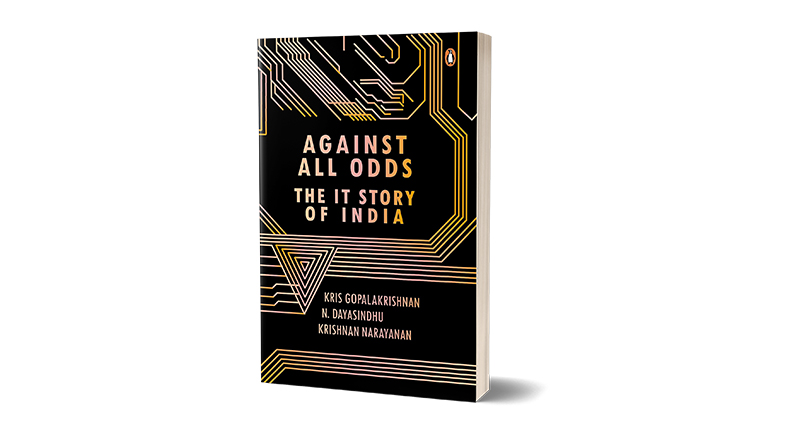The mouse that roared
-
- from Shaastra :: vol 02 issue 01 :: Jan - Feb 2023

An illuminating account of the factors, and little-known players, that made India an IT powerhouse.
The many narratives about Silicon Valley – the disruptive start-ups that emerged out of nowhere; the history-changing innovations, with all their excesses; and the tech wizards and financiers – have been well documented. However, there has been no comprehensive chronicling of the evolution of India's own IT ecosystem; at best, there are only fragmented stories. Worse, the plotline is preoccupied with 'lonely mavericks' who battle great odds and go on to build well-funded unicorns. One other strand is centred on how the samaj (society), sarkar (government) and bazaar (market) are at loggerheads.
Against All Odds: The IT Story of India is a sincere attempt to set the record straight. It recognises that the evolution of the Indian IT industry into a powerhouse took a long while. Work on this started a few decades ago, and just how it all came together is not apparent to the untrained eye. The book documents this evolution, the pain-points that the IT business had to deal with, the current state of the industry, and the futures it must choose.

This is not easy to do because there are two groups of readers that the authors must contend with: the veterans who have seen it all, and are working to shape the future; and the interested laity, who have witnessed the rise and rise of these veterans and, with them, India's IT prowess.
A random poll of people will likely conclude that India's IT industry got to where it is because a few maverick entrepreneurs banded together in some clusters in Bengaluru and Pune and burnt the midnight oil. The book establishes that such narratives are untrue, and that there were other little-known key players.
Prof Deepak Phatak of IIT Bombay is one such pillar. Old-timers, including the pioneers of virtually all the Indian IT companies, hold him in high regard as one of their mentors. Phatak joined IIT Bombay for his Master's in 1969, and later completed his PhD and joined the faculty there. The first computer at IIT Bombay – the Minsk-2, from the erstwhile Soviet Union – was installed in 1967. Phatak's recollection of Minsk-2's working – it took hours to get printouts – is mandatory reading for every unicorn that works to an accelerated time-scale and believes it has "arrived".
It has become fashionable in certain quarters to blame "Nehruvian socialism" for many of India's current-day ills. But history bears evidence (and some of the anecdotes in the book offer validation) that India's premier institutes of learning – including the Indian Institutes of Technology; the Tata Institute of Fundamental Research; and the Indian Institute of Science – owe much to the scientific temper and the vision of Prime Minister Jawaharlal Nehru and his advisor P.C. Mahalanobis. In his soaring Introduction to the book, Gurcharan Das concedes that even though "Nehru didn't get his economic philosophy right", he deserves credit for founding the institutes of technology that nurtured human capital and entrepreneurship for the IT revolution.
However, the excessive controls of Nehruvian planned economy, which worsened in the licence-raj regime during Indira Gandhi's time, took their toll. For instance, HCL Technologies under Shiv Nadar launched a microcomputer, among the earliest in the world, in 1977, about the same time as Apple. Indian entrepreneurs had the muscle to build hardware back then. But the state wasn't supportive, and they pivoted to services. In contrast, Chinese company Huawei was groomed into a hardware powerhouse. Such stories of 'what might have been' are heart-breaking, but they offer a perspective on how India got to where it is.
In narrating the story of India's IT industry, the authors have generated a wealth of video material, including interviews with key industry players. These have been consigned to the end-notes of the book as URLs. Given their potential to add to a reader's understanding of the industry landscape, and enliven it, perhaps the publisher could have made the videos more easily accessible – by embedding inertia-beating QR codes, for instance. It also appears that the rich cast of the book's characters and their stories, which the authors know well, could have been fleshed out some more. For instance, the narrative about the colourful NASSCOM president Dewang Mehta, who did more than most others to lift up the IT industry, inexplicably ends as abruptly as his own life did. He was one of those in the samaj who worked seamlessly across the shadow lines that demarcated the sarkar and the bazaar.
Overall, though, the book offers useful insights into the IT industry that would otherwise be hard to come by. The perspective that it offers cannot quite be matched by an entire generation of upstart entrepreneurs.
Have a
story idea?
Tell us.
Do you have a recent research paper or an idea for a science/technology-themed article that you'd like to tell us about?
GET IN TOUCH














